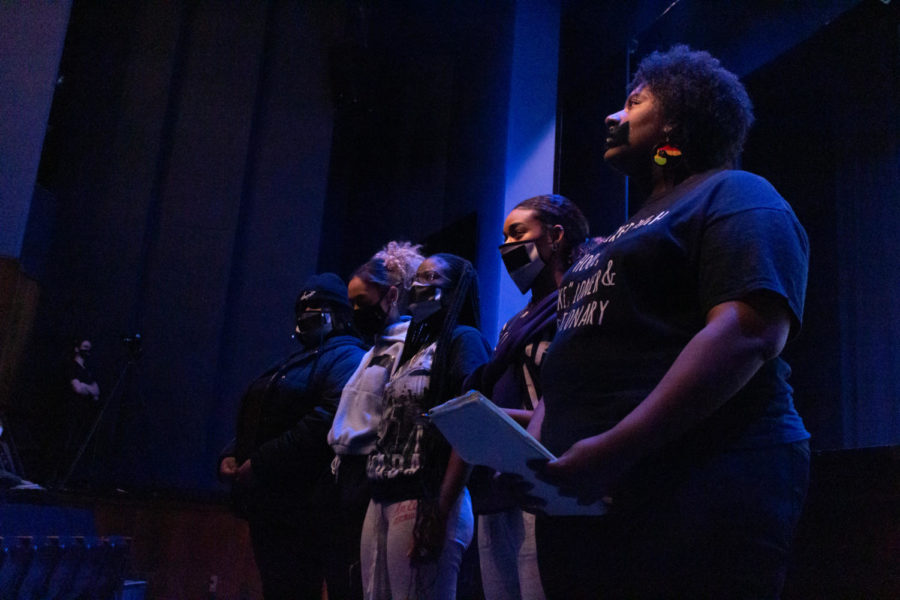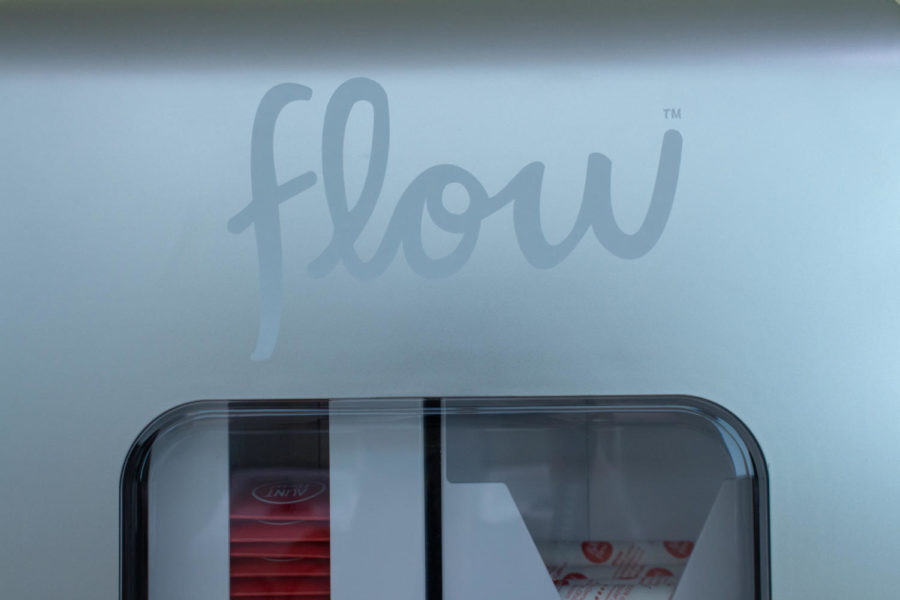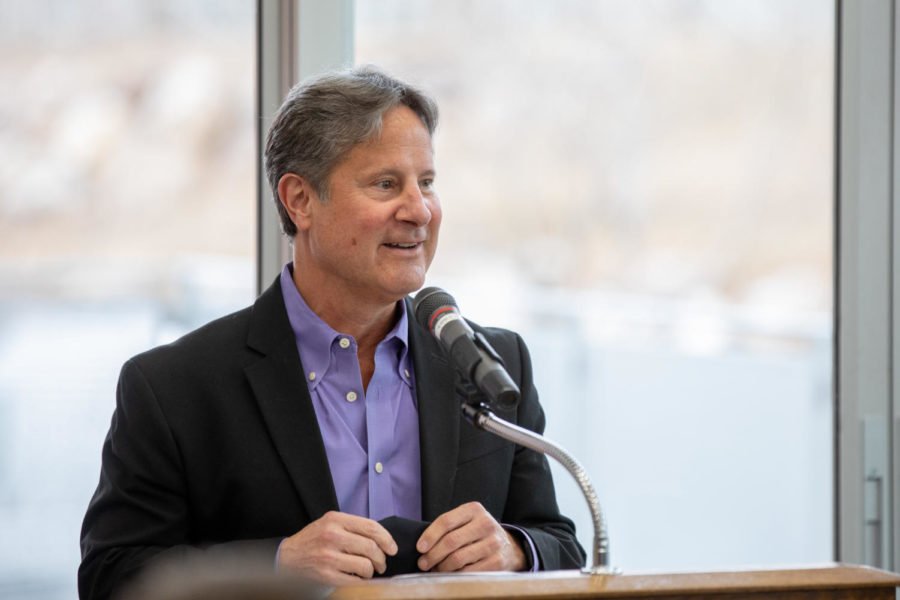With over 26,000 students attending each year, Weber State is forced to address the issue of water sustainability on campus, especially with California in a drought. Though several sustainability efforts are already underway, Weber State is seeking new ways to improve water conservation on campus this fall.
According to California Governor Jerry Brown’s declaration, California is in a state of emergency and was asked to cut back on water by 20 percent as of July 2014.
“I’m definitely very concerned about (the California drought),” said Emily Meade, WSU’s sustainability summit coordinator, who stated that the drought will affect everyone, especially this year.
With Utah being the second-driest state and composed mostly of semi-desert, a lot of water is consumed. According to Meade, Utah uses the second-highest amount of water and is following California’s footsteps.
Stephanie Mitts, student sustainability coordinator, agrees that California’s drought is a nationwide issue. According to her, a lot of food is supplied by California and the Midwest will eventually be caught in the middle of the drought.

“I mean, if they feel it over there, then eventually we’re going to feel it too,” Mitts said.
With Utah’s fate slowly beginning to mirror California, WSU is beginning to feel the heat when dealing with overall water consumption on campus.
According to Energy and Sustainability office, WSU consumed 36,359,000 gallons of culinary water and 60,000,000 gallons from irrigation annually as of July 2011.
“That’s pretty outrageous,” Meade said. “We just use water in enormous amounts.”
However, Jennifer Bodine, a sustainability specialist, pointed out that most of WSU water is consumed by watering all the grass on campus. According to her, the university is so huge that it takes all day for the sprinkler systems to cycle through all the zones.
“That’s why you’ll see some watering occurring during the day,” Bodine said. “The only way to kind of eliminate that would be to get rid of those grass areas.”
With a solution to reduce irrigation water usage, the Energy and Sustainability office is implementing more xeriscaping, a form of landscaping that uses strictly native plants and drought-tolerant vegetation.
According to Bodine, xeriscaping will be introduced to campus more drastically this year by replacing grass after the construction projects are finished. However, not nearly enough xeriscaping is being implemented to significantly drop water consumption.
“There are few areas on campus where it makes sense to not have grass,” Bodine said. “You could easily remove it and nobody would notice or care. However, there is just not enough funding to operate it.”
According to Meade, WSU is exploring other solutions to conserve water this year, such as putting in low-flow fixtures, modernizing irrigation systems and using Lindquist Pond for outdoor water.
In addition to reducing the university’s water consumption, WSU also has a plan to use rainwater so that water quality will be maintained.
“We have a good plan for water conservation and we’re marching away implementing that plan,” Meade said. “But there is a lot more we could do.”
Mitts has a hard time encouraging people to conserve water because they don’t understand the scarcity, especially since Utah pays for water at a flat rate.
“Utah’s fee structure is not set up to support conservation. So whether you use an excessive amount of water or you conserve and conserve, you pay the same amount,” Mitts said.
However, Bodine hopes that students at Weber State will start gearing towards better sustainable habits by engaging in community politics and being more proactive on campus.

“If people are concerned about water consumption on campus, say something about it,” Bodine said. “You have a significant voice. Students need to show they care so that change will happen.”
Further plans to address water conservation on campus are still up in the air, but Bodine and her team anticipate bigger long-term plans to help reduce water consumption.






